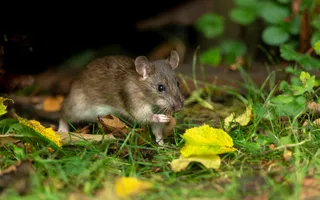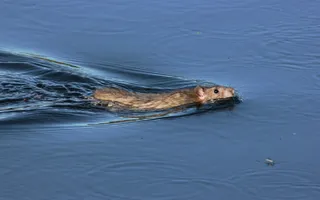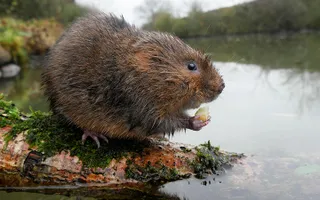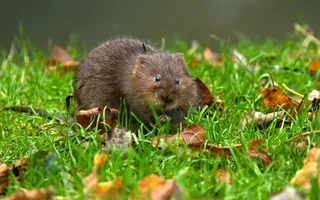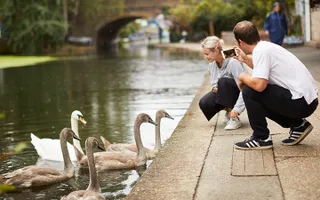Intelligent and highly adaptable, these resourceful characters are happy in almost any habitat.
Brown rat facts
Scientific name: Rattus norvegicus
Family: Muridae
Diet: Invertebrates, fruit, seeds, grains and food scraps
Predators: Domestic cats, foxes and owls
Size: 15-27cm with a 10-24cm tail
Weight: 200-300g
Lifespan: 1-3 years
About brown rats
Brown rats are thought to have been introduced to the UK from Russia in the 18th century and have lived alongside us ever since. They are now widespread across the world.
They have a bad reputation, but brown rats actually spend hours grooming themselves to keep clean. They’re very adaptable – all they need is food and shelter.
Brown rats and our canals
Although they can make their homes in almost any habitat, brown rats are particularly common in towns and cities, where these opportunistic feeders might find more food scraps. They’re strong swimmers that can be seen along our canals and rivers.
How to identify a brown rat
Much bigger than any mouse species, brown rats have grey-brown fur on long and lean bodies, with a long, scaly and naked tail. They have prominent ears and a pointy nose.
What do brown rats eat?
Brown rats aren’t very fussy when it comes to food. As omnivores, they’ll eat pretty much anything. Cereals and grains are a key part of their diet, but they’ll also eat fruit, seeds, eggs, smaller animals and any food scraps they can get hold of.
How do brown rats breed?
Infamously prolific breeders, brown rats can have five or more litters throughout the year. Females can reproduce from as young as four months, giving birth to 6-11 pups in a litter. These pups are born blind and furless and are weaned at three weeks.
Where do brown rats live?
Brown rats live in large colonies dominated by the largest males. They dig extensive burrows that hold generations of rats and can be found across the UK. They’re most commonly spotted in urban areas, where they can easily get hold of food and shelter. In more rural locations, rats make their homes around farms and beneath hedgerows.
Tips to spot brown rats
While you might spot a brown rat swimming through our canals, your best chance to see one is to head to a town or city, where they’ll be hunting for food scraps. They’re most active at night and leave small droppings with one blunt end and one pointed end.
What’s the difference between rats and voles?
Water voles are a similar size to the brown rat but are more round, with shorter ears and fluffier tails.



